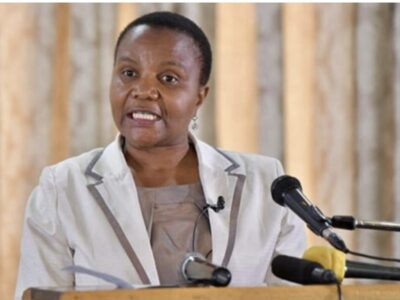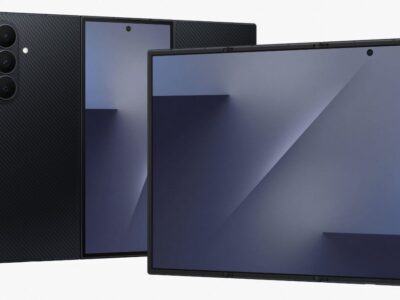Zimbabwe’s telecommunications sector is poised for significant growth in 2025, driven by the deployment of 5G networks, the entry of low earth orbit (LEO) satellite providers, and the increasing adoption of emerging technologies like Artificial Intelligence (AI) and Machine Learning (ML). This optimistic outlook comes despite challenges such as intermittent power shortages and a slight decline in some subscription metrics, as highlighted in the Postal and Telecommunications Regulatory Authority of Zimbabwe (POTRAZ) Q1 2025 Sector Performance Report.
The rollout of 5G technology is expected to revolutionise Zimbabwe’s telecommunications landscape, offering faster speeds, lower latency, and enhanced connectivity. The report underscores the sector’s readiness to embrace next-generation networks. The growth in mobile Internet/data traffic, an impressive 17.31% increase from 97.19 Petabytes (PB) to 114.02 PB in Q1 2025 also signals a surging demand for high-speed data, which 5G is uniquely positioned to meet. This comes at the tail of Econet increasing 5G sites from 54 to 149 leveraging 700MHZ spectrum in Lesotho.
By Gamuchirai Mapako
During the fourth quarter of 2024, the Postal and Telecommunications Regulatory Authority Zimbabwe (POTRAZ) reported mobile Network Operators (MNOs) in Zimbabwe were enhancing connectivity, quality of service, and network speeds through the deployment of 5G base stations, the country saw a 48.15% increase in 5G deployments.
Dr. G. K. Machengete, Director General of POTRAZ, emphasised in the report that the sector is “well positioned for growth,” with 5G playing a pivotal role. The technology is expected to support emerging applications such as smart cities, IoT (Internet of Things), and advanced industrial automation, further integrating Zimbabwe into the global digital economy.
The entry of LEO satellite providers into the Zimbabwean market is another key driver of growth as they offer several advantages, including reduced latency and broader coverage, particularly in rural and underserved areas.
The report also highlighted a remarkable increase in used incoming international bandwidth capacity, from 889,102 Mbps to 2,693,127 Mbps, and a rise in outgoing bandwidth, from 169,957 Mbps to 393,323 Mbps. These figures suggest a growing appetite for high-capacity connectivity, which LEO satellites could further enhance. By bridging the digital divide, LEO technology aligns with Zimbabwe’s goals of universal broadband access and inclusive digital transformation.
The POTRAZ report also pointed to the increasing adoption of AI and ML as catalysts for sectoral growth. While specific AI-related metrics are not detailed, the Director General’s address explicitly mentions these technologies as part of the sector’s forward-looking strategy. AI and ML are expected to optimise network management, improve customer service through chatbots and predictive analytics, and enhance cybersecurity measures, a critical need in an era of escalating digital threats.
Zimbabwe’s telecoms growth mirrors broader trends across Africa, where the ICT industry is projected to surpass USD$160 billion by 2025. By leveraging 5G, LEO satellites, and AI, Zimbabwe has the potential to emerge as a competitive player in this dynamic landscape, contributing to both economic growth and social development.














Comments